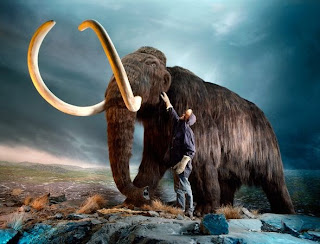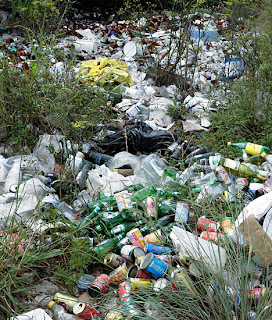The Hole in Our Ozone
Remember that ozone hole that forms above Antarctica every year? Well, according to NASA, this hole is slowly shrinking every, this year's smaller size due to the usual variations of Antarctic weather conditions.
In 2006, the ozone hole had reached a record size, more than 11 million square miles.
Ozone is a gas made up of three oxygen atoms (O3). It occurs naturally in small (trace) amounts in the upper atmosphere (the stratosphere). Ozone protects life on Earth from the Sun’s ultraviolet (UV) radiation. In the lower atmosphere (the troposphere) near the Earth’s surface, ozone is created by chemical reactions between air pollutants from vehicle exhaust, gasoline vapors, and other emissions. At ground level, high concentrations of ozone are toxic to people and plants.
Scientists don't expect it to be completely healed until 2065, but if we do our part, we could probably speed up the process.
"With ozone depletion, mankind has demonstrated the capability to alter the world's
atmosphere," says Larry Flynn, a physical scientist at National Oceanic Atmospheric
Administration (NOAA). "The world's nations realized that it was not a limitless expanse but
that human activity could have large and important impacts on the atmosphere."
If we are aware of what a huge impact we have on our planet and our atmosphere, we could have large and important impacts on the atmosphere in a good way.
Reducing gasoline-powered vehicle and other gas usage would play a huge role in the reformation of our ozone hole. Using less electricity would be helpful, too.
Basically, if we became very aware of what impact we have on our world, we could heal the ozone hole. Please do your part to heal our world!
Go save the planet!



Comments
Post a Comment